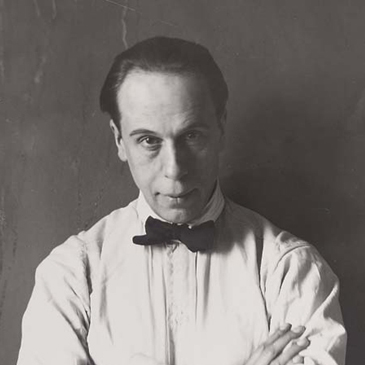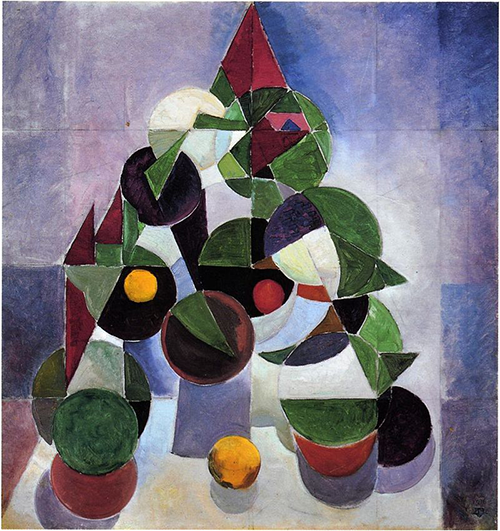"We speak of concrete and not abstract painting because nothing is more concrete, more real than a line, a color, a surface." - Theo Van Doesburg
As the"ambassador" of the De Stijl movement, he toured to market it across Europe.
He moved in 1922 to Weimar, wanting to make an impression on Walter Gropius, leader of Bauhaus Van Doesburg wasn't brought on as a Bauhaus master, but installed himself near the Bauhaus buildings and began to bring school students interested in fresh thoughts of Constructivism, Dadaism, and De Stijl.
Along with painting and boosting De Stijl, Van Doesburg printed DADA magazine, Mécano and dadaist poetry under the heteronym of I.K. Bonset. He dabbled in architecture, interior layout, typeface design, occasionally in collaboration with other artists like Georges Vantonerloo, Sophie Taeuber-Arp, El Lissitzky, and Kurt Schwitters. Van Doesburg remained active in art groups like Cercle et Carré, Art Concrete and Abstraction-Création, which he founded in 1931. By the end of February 1931, he had been made to proceed to Davos in Switzerland due to declining health.
"Our time has produced a need for contrast. This has been achieved not only in the external appearance of plastic expressions of coulor and matter, but also, and chiefly, in the tempo of life and in the techniques related to the daily, mechanical functions of life; namely standing, walking, driving, to lying and sitting - in short, every action which determines the content of architecture." - Theo van Doesburg



